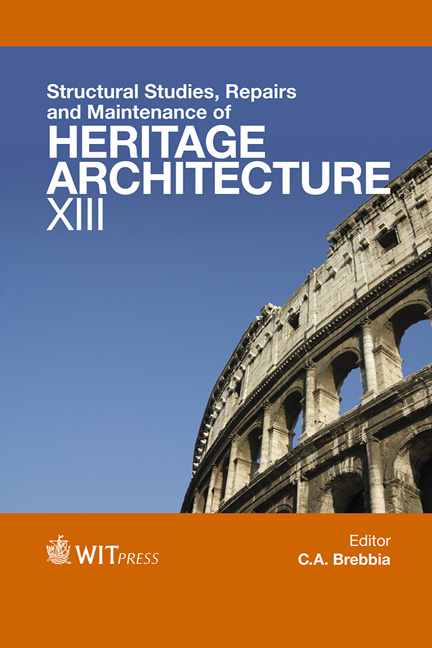Conservation Of Monasteries By Adaptive Reuse: The Added Value Of Typology And Morphology
Price
Free (open access)
Transaction
Volume
131
Pages
11
Page Range
111 - 121
Published
2013
Size
2,328 kb
Paper DOI
10.2495/STR130101
Copyright
WIT Press
Author(s)
K. Lens, B. Plevoets & K. Van Cleempoel
Abstract
Over the past 1,400 years, religious Christian churches and monasteries have marked the landscape and social life of Europe. Yet the on-going process of secularisation affects our religious heritage: it becomes underused or even abandoned. Our research focuses on the potential role of the architectural discipline in the discourse of reusing monasteries; research by design is implemented as an exploration tool, starting from a large survey of subtypologies of Christian monasteries in Western Europe. This paper presents the first phase of our project: a survey of Christian monasteries in a specific study area (the Belgian province Limburg), and their analysis and classification into sub-typologies. Important sources are historical and architectural literature, but also local archives, databases, site visits, and newspapers. The inventoried sub-typologies are translated through sketches and schemes into models, which facilitate analysis of and communication about the existing monastic buildings. Practising adaptive reuse, the choice of an appropriate new program to a structure is vitally important to reinforce the original building character. The paper concludes by indicating the most suitable models to be implemented by social important (ambivalent) care programs through research by design, in hybrid combinations with other functions. Keywords: monastery, adaptive reuse, (sub-)typologies, models, (ambivalent) care programs, research by design.
Keywords
Keywords: monastery, adaptive reuse, (sub-)typologies, models, (ambivalent) care programs, research by design.




